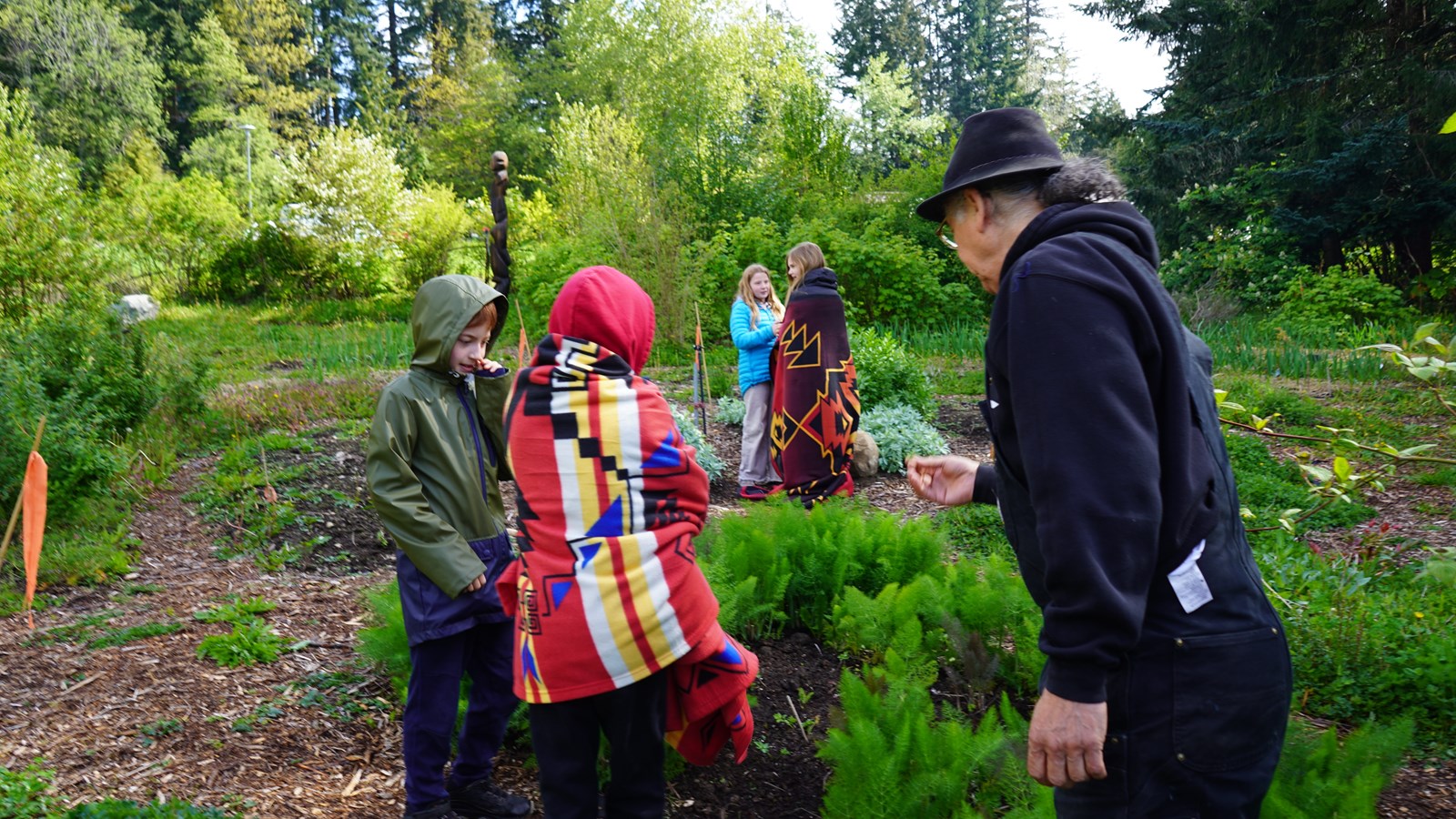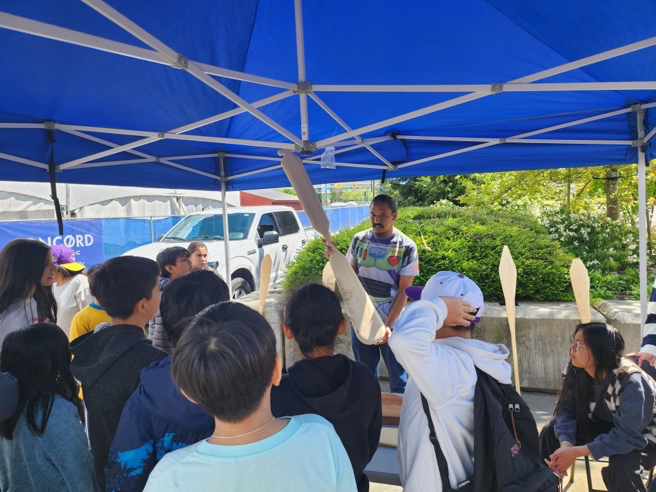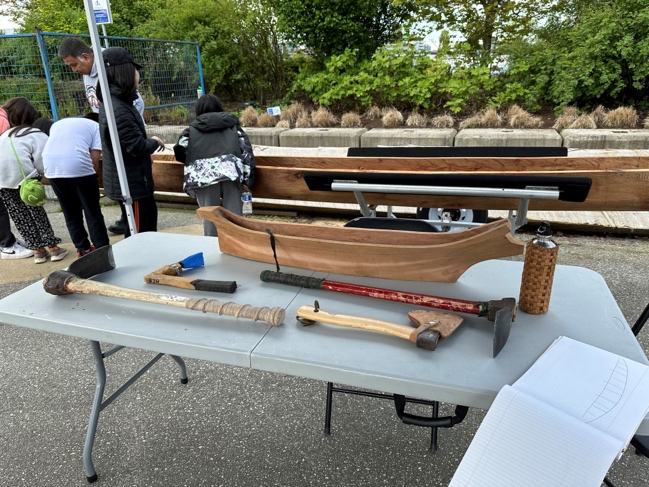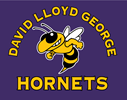Highlights from the 12th Annual First Peoples’ Festival

Photo: Centre for Indigenous Land-Based Education, Research and Wellness at xʷc̓ic̓əsəm Garden
This month VSB celebrated the 12th Annual First Peoples’ Festival, hosted in collaboration with the Museum of Anthropology (MOA). The festival –run from April 29 to May 1– featured a range of topics including cedar heart weaving, plant walks, traditional teachings, music, dancing and more.
Workshops were taught by VSB educators, Indigenous Elders and community members to students from Grade 3 to 12 across the District. Over 2300 students participated, attending online and in-person throughout Vancouver.
Near Science World, elementary students learned about Canoe Culture, History and Teachings. Classes learned about the community of canoe culture, how canoes are carved and that during colonization many Indigenous traditions were banned, but through canoe racing, the canoe culture was preserved and was passed down through multiple generations.
Students were very excited to touch the canoes and see firsthand the people and tools that carve the cedar trees into canoes.


“It was a very interesting and exciting fieldtrip where I got lots of knowledge…I have never experienced anything similar. Me personally, I don’t really learn about this kind of information outside of school, but [this] experience was different…We got to see the art closely and experience it ourselves. We were able to make little miniature paddles and paint it, carve it, decorate it and stamp on it. The best part is that you get to take it home as a memory!”
- Nancy, Queen Alexandra Elementary Grade 7 student
Another workshop was the Seven Sacred Teachings with Robin Roberts and Candace Curr. The virtual presentation introduced the Seven Sacred Teachings (also known as Grandfather Teachings), which come from the Anishinaabe People. Classes learned what each teaching means and how the word is connected to an animal.
- Wisdom (beaver)
- Love (eagle)
- Respect (buffalo)
- Courage (bear)
- Honesty (kitch-sabe/sasquatch)
- Humility (wolf)
- Truth (turtle)
Students also learned about how Indigenous people are beginning to use words in the teachings with street art. Many artists use colours that are land based with certain pigments only available in certain regions of the country because of the type of minerals or plants that grow there.
Then they were able to practice this traditional and modern art fusion themselves by creating their own graffiti.
“I have shared the medicine wheel with students in the past to show how health includes: physical, emotional, mental and spiritual. To me, the Seven Sacred Teachings are an extension of that. They teach you how to live your life so that you can have the balance you need. Colonialism stripped these ideas away from Indigenous people, and I believe students need to learn there are many perspectives, and that Indigenous people's teachings can be important for all of us, even if we're not Indigenous ourselves.
- Devon McHugh, Grade 5 teacher
“It’s important to learn these because all the teachings are applicable in our everyday life. We refer to them as we do issue solving after recess, we use them when talking about how to deal with difficult situations at home or at school. It’s a beautiful way of explaining these relationship values- using animals, which my grade 4’s love, as a tie-in to these values and teachings. It’s also a way of applying the Indigenous ways of knowing– much more than hanging a poster about that in my classroom.”
- Joan Jung, Grade 4 teacher
Thank you to all the students and teachers throughout VSB who took the time to listen and learn. Special thanks to VSB’s Indigenous Education department and the Museum of Anthropology at UBC for creating memorable field trips and class lessons for both Indigenous and non-Indigenous VSB students.

